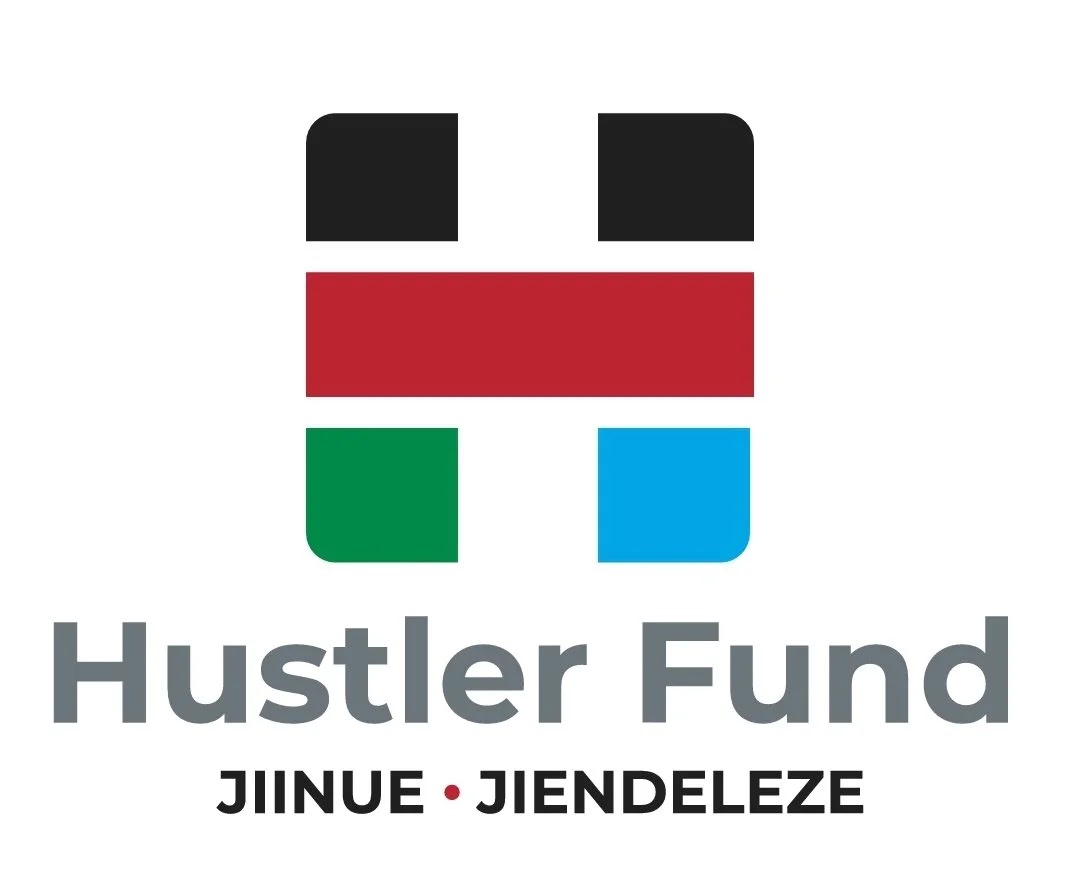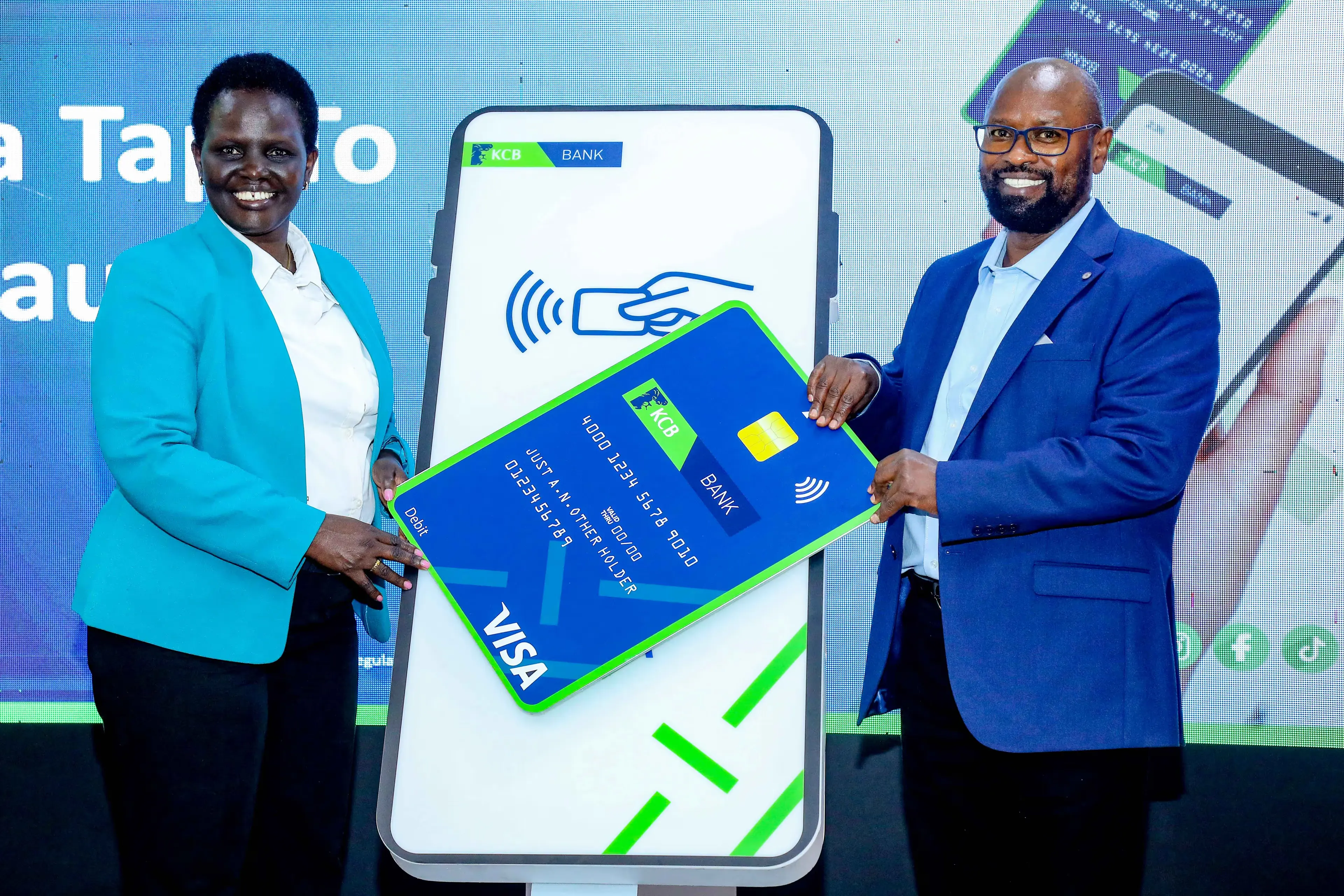
Hustler Fund Launches Bridge Loan Product to Boost Borrowers' Limits
Over two million borrowers of Kenya's State-run Hustler Fund will see their credit limit rise by as high as 300%, with the period for repayment factored in, following the launch of a new financial product targeting raising its beneficiaries into the formal credit market.
The new product was christened the Bridge Loan, launched by President William Ruto during celebrations to mark the second anniversary of the Hustler Fund, the government's flagship under the Bottom-Up Economic Transformation Agenda.
What's going on with the bridge loan?
The Bridge Loan product offers borrowers:
- Increased Credit Limits: The borrowers' current limit increased by as much as threefold.
- Extended Repayment Period: additional time, from 14 to 30 days.
- Annual Interest Rate: The rates are maintained at a constant 8% per annum, with an offer for a one-month rollover at 9.5% higher.
- Credit scoring system: new nine-tier scoring mechanism which grades borrowers from A1-very good to C3-poor on basis of repayment history.
According to President Ruto, this new credit scoring system would be a form of collateral on the borrower:
“With data, information, and credible understanding, we’ve assigned every borrower a score. This score will now serve as collateral within the Hustler Fund ecosystem. We’ll also work with banks and financial institutions to recognize this credit scoring mechanism to unlock more financing opportunities for borrowers.”
Performance and Impact of the Hustler Fund
Since its launch in November 2022, the Hustler Fund has:
- Paid out Sh60.5 billion to over 24.7 million borrowers.
- It realized a recovery rate of 79.5% and received Sh48.1 billion.
- It recorded Sh12.4 billion in defaults.
To encourage a culture of saving, a restructuring in November 2023 made it mandatory for borrowers to save 5% of their loans. Savings are split into two:
- Short-term savings (30%).
- Long-term savings/pension (70%), managed by the Kenya National Entrepreneurs Savings Trust (KNEST).
According to President Ruto, the return on long-term savings would now run in tandem with the prevailing Treasury bill rates against the old system where returns were at a rate three percentage points less.
Who Are the Hustler Fund Borrowers?
Insights from Co-operatives and Micro, Small, and Medium Enterprises Development Cabinet Secretary Wycliffe Oparanya reveal:
- 52% of borrowers are men, while 48% are women.
- 61% are youth, with 29.3% aged 40-59 years, and the remaining 9.4% over 60 years.
- Only 34.82% (8.6 million accounts) are repeat borrowers, while the majority, 16.1 million accounts, have not borrowed again after their initial loan.
What’s Next for the Hustler Fund?
The government is positioning the Hustler Fund as the gateway to economic inclusion, mostly through plans to integrate more borrowers into the formal systems of credit with various financial institutions. For those not interested in taking out loans, it has the savings option where one can save directly and earn some good returns. It has been playing a changing role in the pursuit of economic empowerment, especially in Kenya, by ensuring that there is financial discipline and increased flexibility for the youth and small entrepreneurs.


